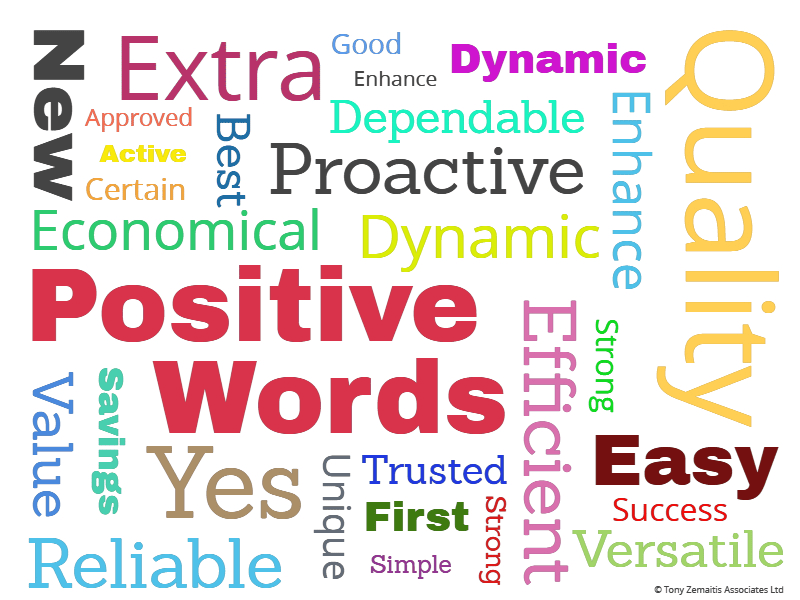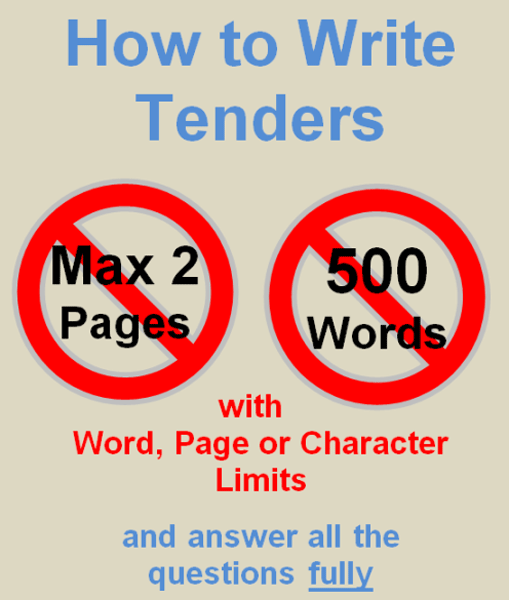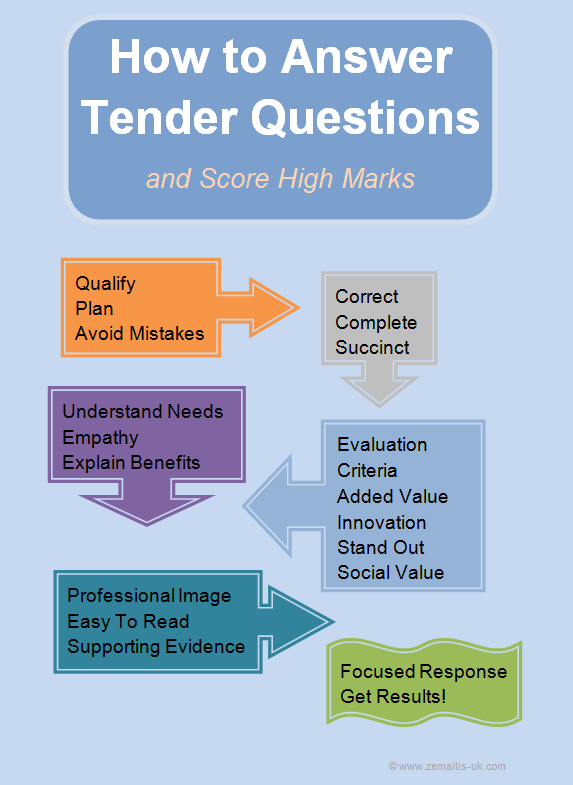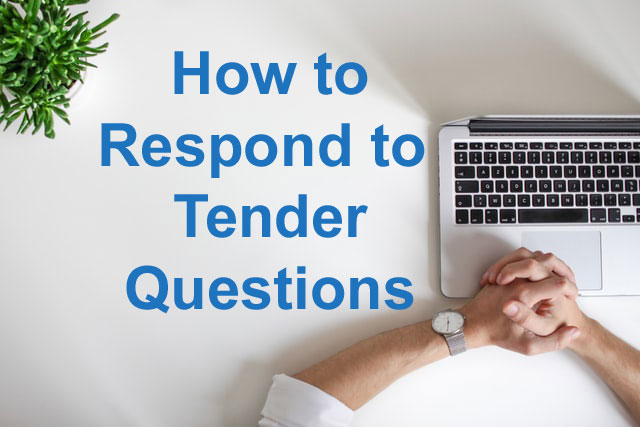How to Write Tender Responses in a Positive Style (and Win More Bids!)
When you write tender responses, being positive helps you to maximise the impact of your bids. A confident tone shines through – as will any negativity. Therefore, you want to ensure that you avoid sounding negative and always be positive. You will appear confident and so encourage the markers to read your tender in an affirmative way. Hopefully leading to higher scores and therefore a win! This article explains 3 simple techniques that will help you achieve the right tone.

How to respond to tender questions covers all the basic steps of writing good answers to tender questions..
How to score high marks explains how to use the right language and style when answering tender questions. This includes:
- Using benefits
- Correct, complete and succinct writing
- Writing in terms of ‘them’
- Using the second or third person
- Supporting evidence
- Differentiating from the competition
We are now going to add some more subtle aspects to this ‘to do’ list by showing you how to write positive tender responses.
…How to Write Tender Responses in a Positive Style (and Win More Bids!)Read More »
How to Write Tender Responses in a Positive Style (and Win More Bids!) Read More »




